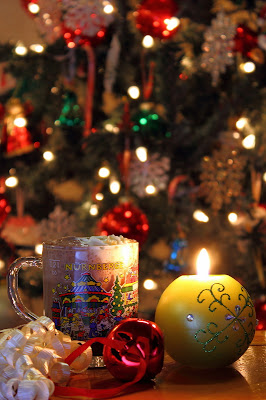With autumn’s brutally chilled arrival, we’re nearing the time to shoot some real color! There’s always some excitement about the colors, shapes, textures, and patterns that accompany autumnal photography. As I mentioned in yesterday’s quote, now’s a great time to think about negative space and the use of color to create tension, balance, and harmony in your photos, and bring about the connection you’d like to make.

ISO 800, f/11, 1/60
These flowers were shot at the Hermitage in Bayreuth. A Wratten #8, yellow, filter was used. By using the filter, the green was brought up slightly, and the white flowers separated from both the red flowers and green leaves. By allowing a rich grey-black to fall on the leaves and red flowers, a velvety feeling of negative space results. While fragmented and carrying visual detail, it is by no means the subject, and yet becomes a subject of its own.
Along with the march of color into the dreariness ahead, comes other factors that photographers should take note of. First, is the rapid decrease in temperatures, the drop in temperature can take the starch out of an exciting day. Another factor is the rain, always something to be ready for in our Hohenfels area. Getting your camera wet can lead to issues that no one wants!
One of the biggies, I’ve found, is the increase in static. For the most part, photographers don’t have to worry about while photographing with digital cameras. It’s when the time comes to change cards or clean your sensor, or even change your lens that it becomes an issue. A typical “zap” can have as much as 30,000 volts jumping from one surface to another. Enough to ruin your day if it arcs over onto your sensor. Since most folks don’t clean their sensors beyond a squirt from a bulb blower, it’s pretty reasonable to say that the standard precautions are sufficient.
With film, though, static can be a big problem. Advancing film, rewinding film, activating the shutter, removing a dark slide, all these things can cause an arc that will ruin your shot. The can also damage your shutter curtains if your camera uses cloth. In the driest and coldest weather, it could damage your sensor, but that’s unlikely.
The biggest threat to digital cameras during this time of year is the condensation from thermal transitions. That’s a fancy way of saying going inside from outside. I’ve found one of the best ways to protect anything is a Ziploc bag and 30 minutes. Don’t plug your camera in, put your card in your reader, or power on your camera when you first come in. The temperature change can cause moisture, which we all know, doesn’t sit well with electronics! Think about glasses fogging over when you come in from the cold!
Another awesome tip- when you get in from the cold, make a big cup of hot cocoa, with extra chocolate. It’ll warm you up, and give time for your gear to reach a suitable temperature! It helps if you have someone to share it with. A nice cup of cocoa with my little princess makes for some fun talk time, and 30 minutes is gone before you know it!
Now’s the time get scouting and planning your autumn shots. Figure out where and when, the rest will follow. Then, make your shot and share it with us on our Hohenfels Volks Facebook page. We’d love to see your work.
Is there anything you’d like to see here? Do you have a question? Share your thoughts here or at the Hohenfels Volks Facebook page. Of course, commenting on both Facebook and here is always appreciated, too! Don't forget, Hohenfels Volks is on Google+, too!


